First of all – how old are your pillows?
The lifespan of the pillow is affected by the material from which it is made. Latex and buckwheat pillows are probably the most durable, but generally, any pillow should be replaced every two years, roughly. Memory foam pillows are most popular and you should replace them after 2 to 3 years.
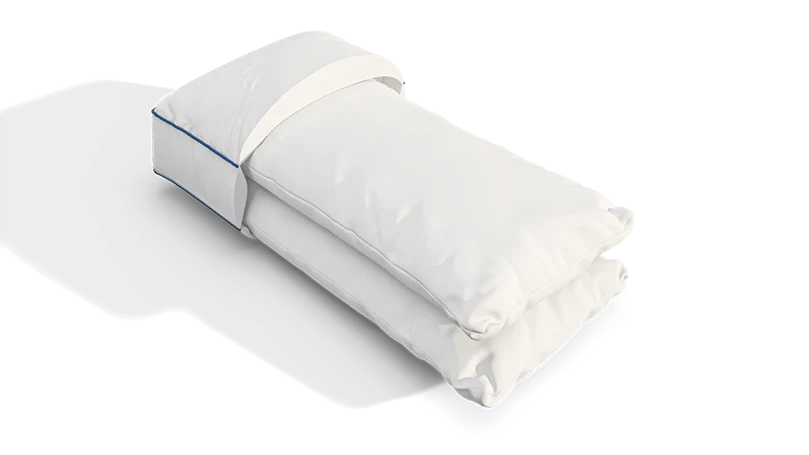
People make huge mistake and use pillow for years, sometimes even 10 years which is way too much. During this time, the pillow will lose all its characteristics, and it will also certainly turn yellow. After so many years of use, it is impossible to wash it to be completely clean and white, but you have to replace it. So before you continue reading this article, think about how old your pillow is and whether you need to buy a new one.
So, why do pillows turn yellow?
There are various factors that affect the appearance of yellow staining, and yellow stains are usually first associated with sweat. Sweat and moisture are the main culprits, but they are certainly not the only ones. Saliva, cosmetics and much more are also influencing factors.
Excessive moisture
Excessive moisture will leave permanent marks over time. If you go to bed once with hair that is not completely dry, nothing will happen. But if you wash your hair every night before going to bed and don't dry it, your pillow will turn yellow very quickly. So use a hairdryer or don’t wash your hair right before you go to bed, but do it a couple of hours before to give your hair enough time to dry naturally.
Sweat
We all sweat when we sleep, although some think they don’t. Some sweat excessively, some less, but sweat is natural throughout the day and night. How much we sweat is affected by the air temperature, as well as the pillow and pillowcase we use. Even if you sweat, pillows soak sweat and yellow stains will appear and you will have to wash the pillow. But you can certainly reduce the amount of sweat by sleeping in a room that is not too hot and using a breathable pillow.
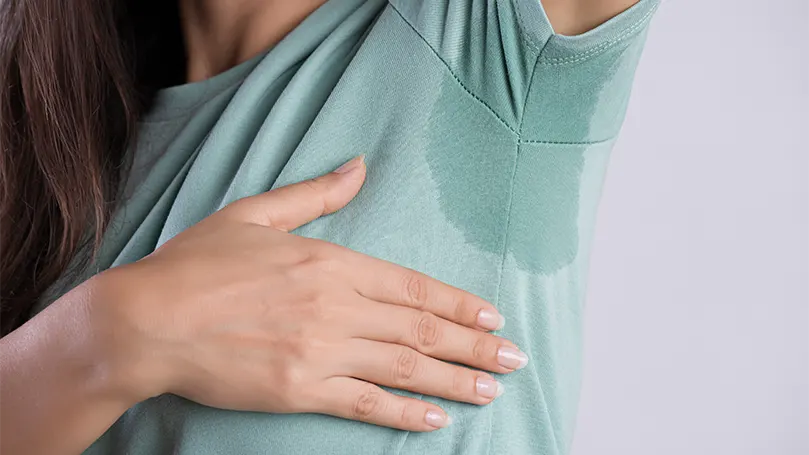
Hair
We have already mentioned wet hair, but that is not the only thing. Many products used for hair care, as well as for skin care, can leave stains on the pillow. Most often, these are products that hydrate your hair and skin, such as various oils. If you dye your hair, hydrogen peroxide can damage the pillow as well. If you use a lot of hair care products, our advice is to use a pillow protector because stains from hair and skin products are not as easy to remove as sweat.
Saliva
You’re certainly not aware that a lot of your saliva ends up on a pillow every night. If you think this only happens to babies, you should know it happens to most people, especially when your nose is stuffy. Unlike sweat that leaves yellow stain, saliva stains are white, although they turn yellow over time. So it is important to clean them as soon as you notice them before they turn yellow.
Skin oils
Our skin secretes various oils that protect and moisturize the skin. Those who have oily skin know this and probably regularly clean their face of oils to prevent pimples and acne. Those who have dry skin are probably now aware that their skin secretes oils too. So you should clean your face regularly and wash the pillow to avoid oil build up.
Material fade out
No matter how much you take care of your pillow, after a couple of years you probably won't be able to avoid yellowing. There are two reasons why this is inevitable. The first reason is that many pillow manufacturers use chemicals to whiten a pillow to make it look as beautiful as possible when you buy it. After a lot of washing, it won't be so white anymore. Also, exposure to light will cause it to turn yellow.
How to prevent a pillow from turning yellow?
There is no one way to 100% protect your pillow from this phenomenon. If you have it for many years, then it will start to fade and turn yellow. But you can definitely extend its service life and keep yellow stains from appearing while using it. That period should not be longer than 3 years. It is certainly possible for your pillow to stay completely white if you use it for the recommended 2 to 3 years. If you ignore these tips and use it for 10 years, then there is no help.
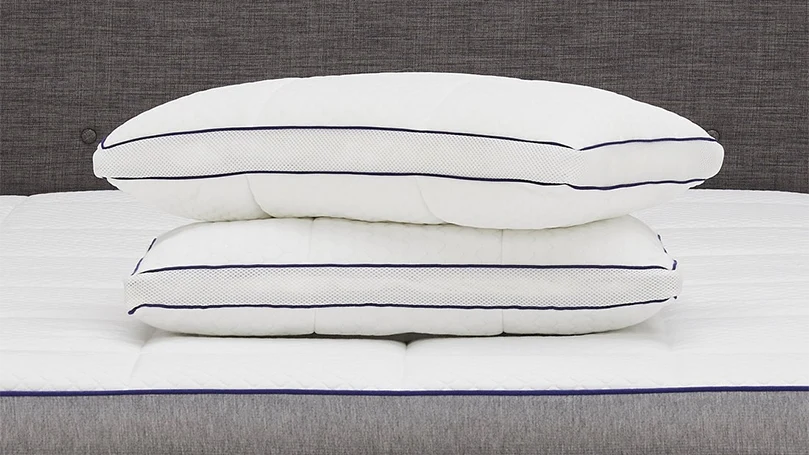
Wash your pillows
Not every pillow is machine washable. Make sure you check the care instructions first when you buy it and stick to them. If your pillows are machine washable, then wash pillows at least once per season, and you can wash them more often during summer. If it is not machine washable, you can hand wash it once a year, and wash the cover or pillowcase regularly. In that case, pillow protectors are must.
Get a pillowcase
If the pillow has a removable and washable cover then a pillowcase is not necessary. But if there is no cover, then we definitely recommend you to buy a pillowcase, even though the pillow is fully machine washable. Because if you wash a pillow too often, you will damage it, and you can wash and change the pillowcase every few days.
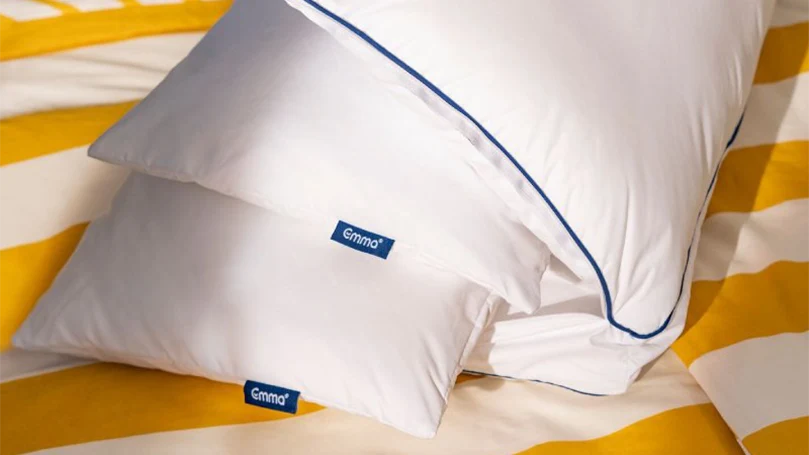
Add a towel as extra protection
When the hot period of year comes, even an air conditioner and a breathable pillow will not stop you from sweating. Then you need to put a cotton towel over the pillow. You will be comfortable sleeping, and the towel will absorb sweat and prevent sweat from reaching the pillow.
Wash your face & hair before the sleep
Remember we talked about skin oils. Therefore, we recommend that you implement a face and hair wash in your bedtime routine to be completely clean when you lie down on the pillow. In the long run, this will significantly affect the prevention of yellow stains.
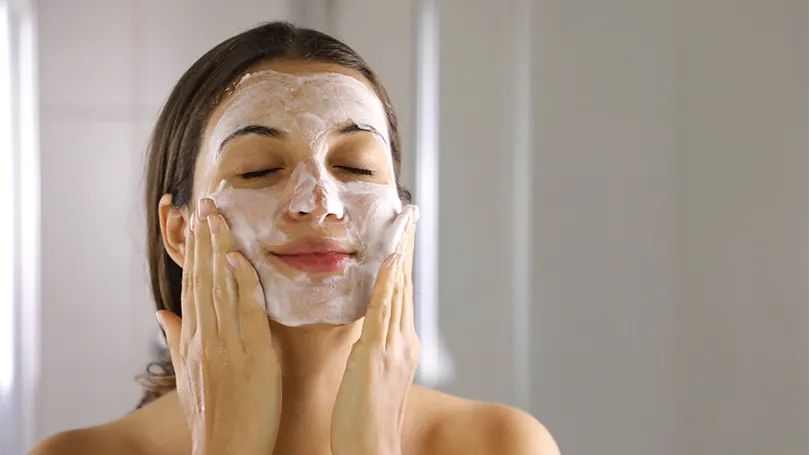
Dry your hair and facial hair before hitting the pillow
But don't forget to dry your hair to prevent excessive moisture reaching the pillow. Men should dry their beards too, because a beard can also be wet, if it is very long, it can be as wet as hair.
How to remove yellow stains of my pillow?
If stubborn stains appear on your new pillow that you can't remove by washing, there are some other ways you should try.
Use stain removal spray
First, you should try natural stain removers such as vinegar and baking soda, and if that doesn't work, then try some of the stain removal sprays. Stain removal sprays are very effective, but make sure they are tested to avoid applying some very harmful chemicals to the pillow.
Wash your pillows with bleach
Be very careful when washing your pillows with bleach. You have to be sure that bleach will do no more harm than good. There is a possibility that the bleach will damage the pillow so much that it becomes unusable. So bleach should be your last resort, when you tried every other way to make your pillow white again. Start with the laundry detergent first.
When do pillows turn yellow?
You have all seen your pillow turn yellow numerous times. If this happens after many years of use, you need to replace it. But the pillow can turn yellow very quickly, after only a few months, and then you certainly don't want to buy a new one. In this case, you should wash it and use a protector, that can help with dust mites too, and pillowcase to prevent the stubborn stains from appearing.
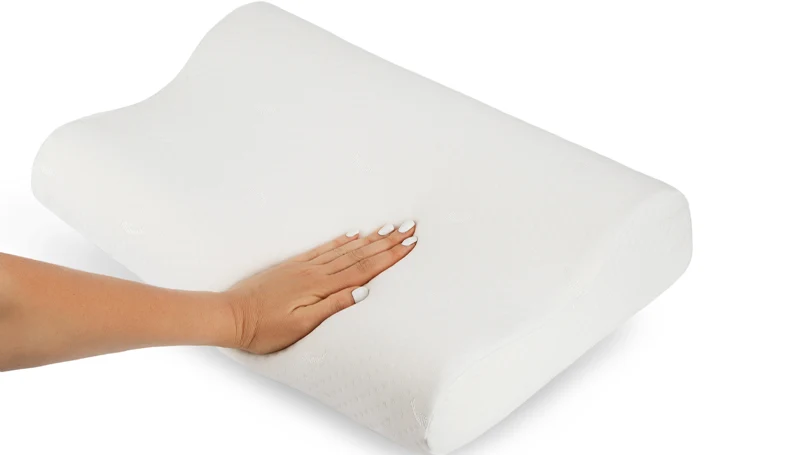
Also, wash your facial skin as well as your hair regularly. It is also important to dry your hair thoroughly and beard if you have it. If, for example, the stain was caused by hydrogen peroxide that you used to dye your hair, then you can try removing the stain with stain removal spray.

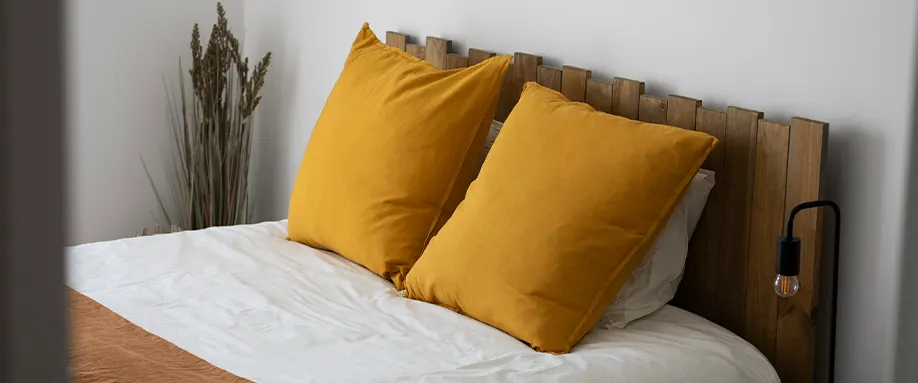












There are no comments yet
"*" indicates required fields